
Primary Teaching Resources
We've got activities, pupil sheets, teacher guidance and inspiration for your primary teaching.
Can't find what you are looking for? Try our search.
Filter
Clear filters-

-
Demonstrating pollination using model flowers
Suitability:
- 4-7
- 7-11
Topics
- Parts of a plant
- Reproduction
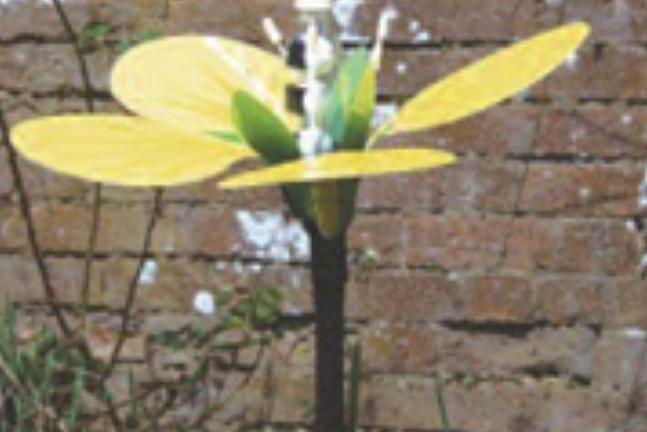
-
Finding out about how fruits and seeds are dispersed
Suitability:
- 7-11
Topics
- How plants grow
- Identification

-
Adding mineral salts – do radishes grow better?
Suitability:
- 7-11
Topics
- Agriculture and farming
- How plants grow

-
Plant quartet (Happy families)
Suitability:
- 4-7
- 7-11
Topics
- Identification
- Parts of a plant

-
How does water travel through a plant?
Suitability:
- 7-11
Topics
- Requirements for life
- Water transport
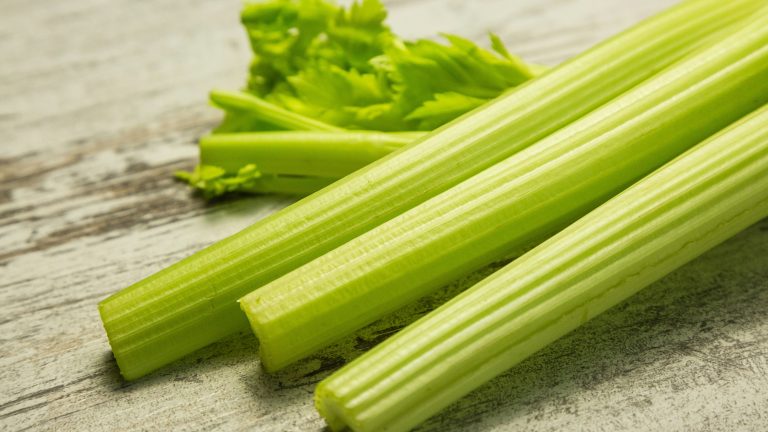
-
Loss of water from a plant
Suitability:
- 7-11
Topics
- Requirements for life
- Water transport

-
Using a key – Following the trail with buttercups
Suitability:
- 7-11
Topics
- Classification
- Identification
- Parts of a plant
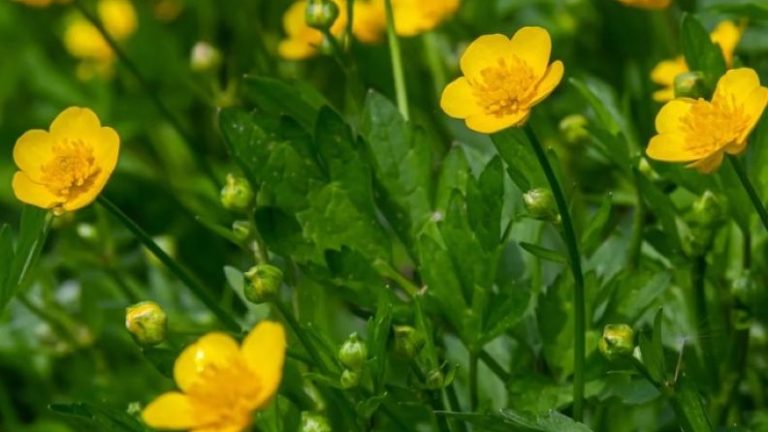
-
Making a key and using leaves
Suitability:
- 7-11
Topics
- Classification
- Identification
- Parts of a plant

-
Introducing keys – and liquorice allsorts
Suitability:
- 4-7
- 7-11
Topics
- Classification

-
Sort it – a game with cards
Suitability:
- 4-7
- 7-11
Topics
- Classification
- Parts of a plant
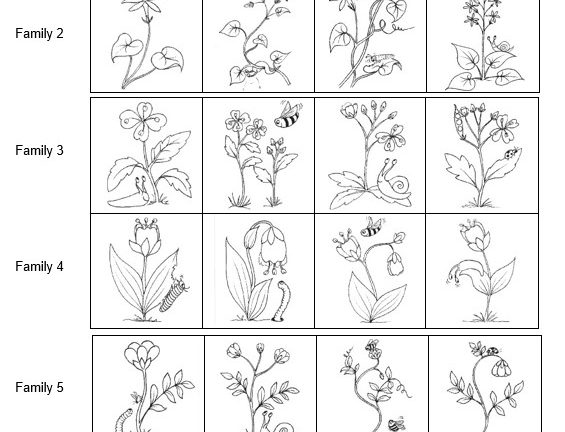
-
Sorting seeds into groups
Suitability:
- 4-7
- 7-11
Topics
- How plants grow
- Reproduction

-
Observing leaves and learning about their shapes
Suitability:
- 4-7
Topics
- Parts of a plant
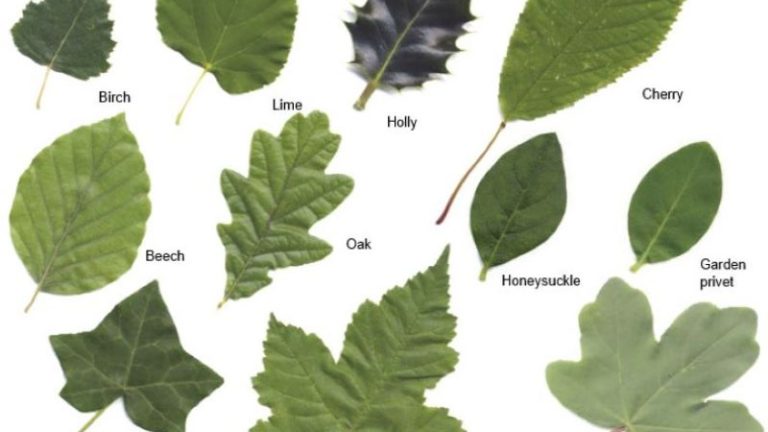
-
Copycats – a game
Suitability:
- 4-7
- 7-11
Topics
- Classification
- Parts of a plant
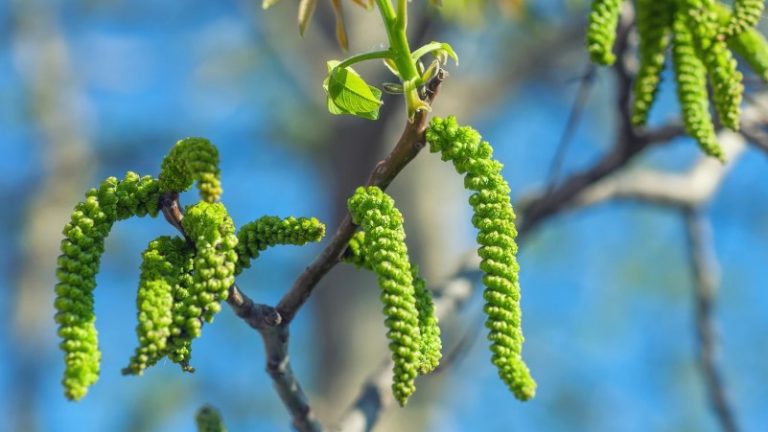
-
Living things – what they need and what they can do
Suitability:
- 4-7
Topics
- Classification
- Requirements for life
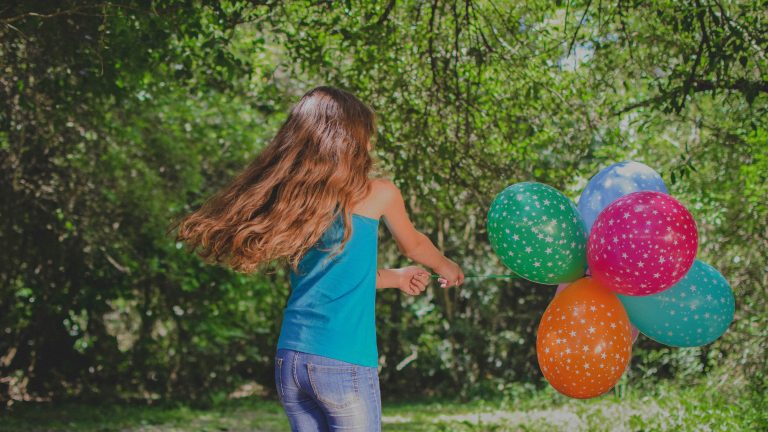
-
Observing and describing leaves
Suitability:
- 4-7
Topics
- Classification
- Identification

-
Going on a treasure hunt
Suitability:
- 4-7
- 7-11
Topics
- Classification

-
Making compost in a bottle
Suitability:
- 7-11
Topics
- Food chains
- Soils

-
Finding out about soil
Suitability:
- 4-7
- 7-11
Topics
- Requirements for life
- Soils
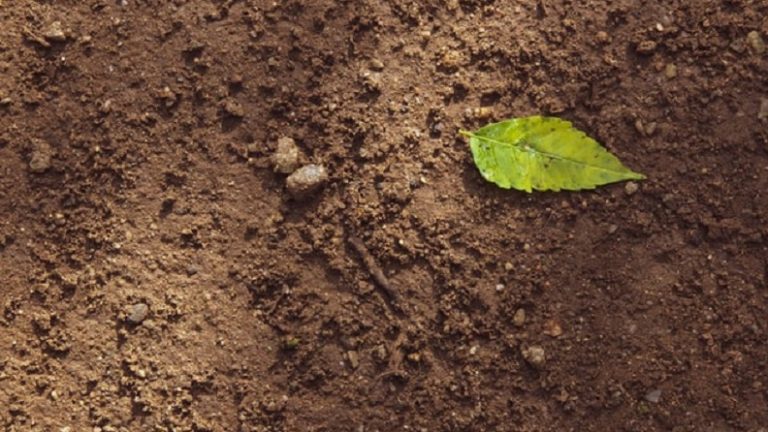
-
Why so many seeds?
Suitability:
- 4-7
- 7-11
Topics
- How plants grow

-
Design and make a plant for a habitat
Suitability:
- 4-7
- 7-11
Topics
- Habitats
- Parts of a plant

-
Yummy – A food chain card game
Suitability:
- 4-7
Topics
- Food chains

-
Oh what a waste: reduce reuse recycle
Suitability:
- 4-7
- 7-11
Topics
- Soils

-
The fight for survival – will it grow?
Suitability:
- 4-7
- 7-11
Topics
- How plants grow
- Reproduction
- Requirements for life

Can't find what you’re looking for? Try our search